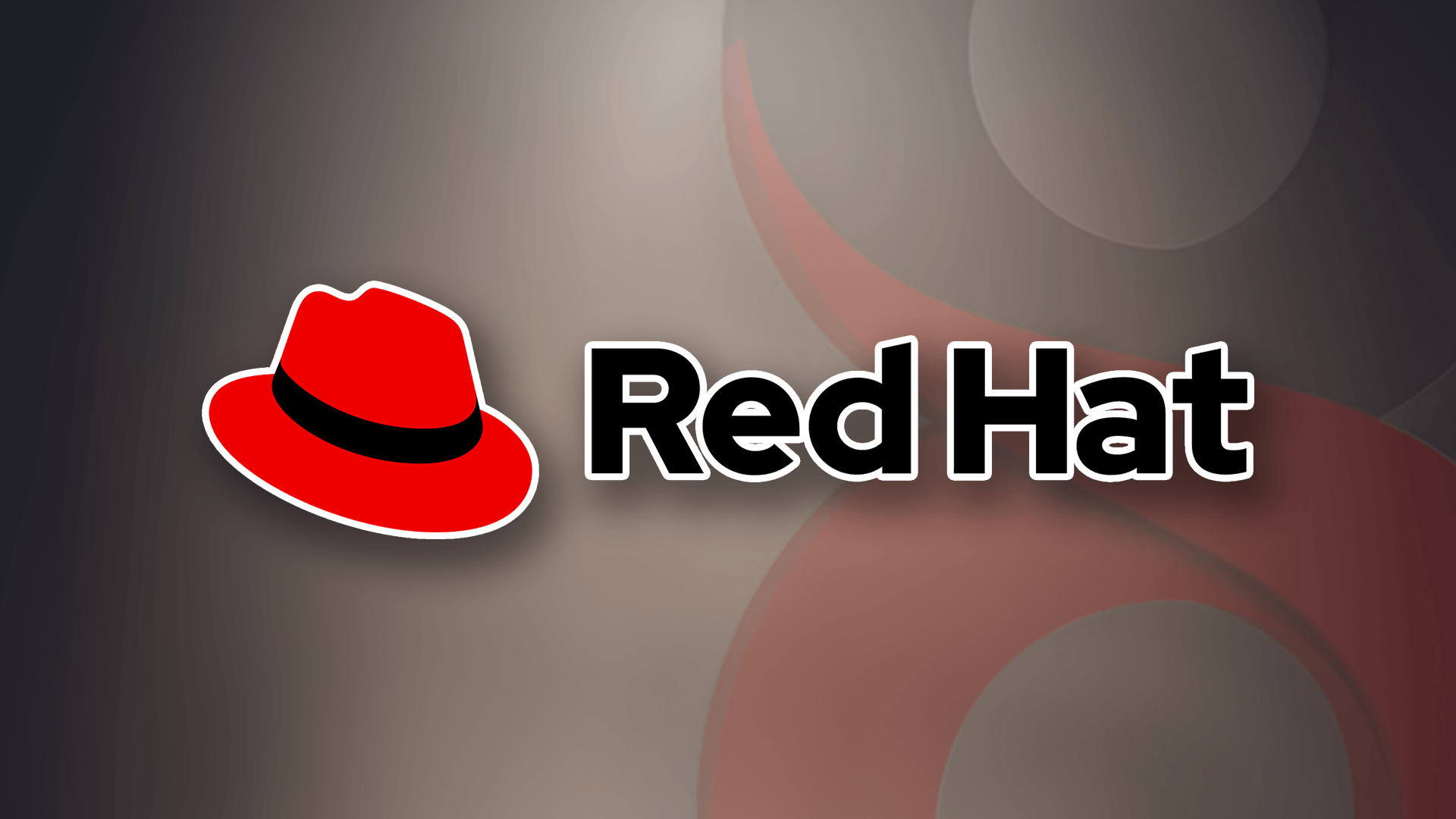Step 1: Start a Terminal window by clicking “Activities” in the upper left corner. Then select the Terminal icon on the lower left.
Step 2: In the terminal window, start a root shell:
$ sudo bash
Next, register your system with Red Hat Subscription Management:
# subscription-manager register –auto-attach
Enter your Red Hat “Username” and “Password”. When registration has completed, you will see:
Installed Product Current Status:
Product Name: Red Hat Enterprise Linux for x86_64
Status: Subscribed
Step 3: Check that you now have the “BaseOS” and “AppStream” repos enabled with yum repolist:
yum repolist
Updating Subscription Management repositories.
Red Hat Enterprise Linux 8 for x86_64 – AppStream (RPMs)
Red Hat Enterprise Linux 8 for x86_64 – BaseOS (RPMs)
How to get latest update in RedHat (RHEL 8) Linux
Once your system has been registered, you can use the command line to get latest updates by following command:
$ sudo yum update
How to add VirtualBox guest additions in RedHat (RHEL 8) Linux
Adding VirtualBox guest additions to the RedHat (RHEL 8) Linux in Virtual machine improves the usability in a number of ways:
- Enables copy and paste between the host and Virtual machine.
- Eliminates the need for the Virtual machine to capture the mouse pointer. The integrated mouse pointer is much smoother.
- The Virtual machine screen is dynamically re-sizable so you can have more space to edit.
- Directories can be easily shared between the host and the Virtual machine making it easy to share source code.
Use the following steps to add VirtualBox guest additions to the RedHat (RHEL 8) Linux:
Step 1: First, make sure you have installed the latest updates using the instructions above.
There are a few prerequisites. First you should have installed “Development Tools” during system installation. If not, use the following command:
$ sudo yum groupinstall “Development Tools”
Step 2: Next, install kernel development packages so you can build loadable kernel modules by following command:
$ sudo yum install kernel-devel elfutils-libelf-devel
Step 3: Now negative Devices >> Insert Guest Additions CD image…on the Virtual machine’s window.
A pop-up will ask you if you want to run the software on the CD image. Click “Run”.
Step 4: A terminal window will pop-up as the guest additions are built and installed. When complete, hit enter to close the window.
Some of the improvements, such as the mouse pointer integration will be immediately available. Others improvements won’t be available until after the Virtual machine is rebooted.
Conclusion
Welcome to the end of the process, but the start of your Red Hat Enterprise Linux 8 (RHEL 8) experience. That’s All. We hope this post helped you to install RedHat (RHEL 8) Linux on your Virtual machine.
We will be writing more articles on RHEL 8 in the coming future till then please do share your feedback and comments on this article.
